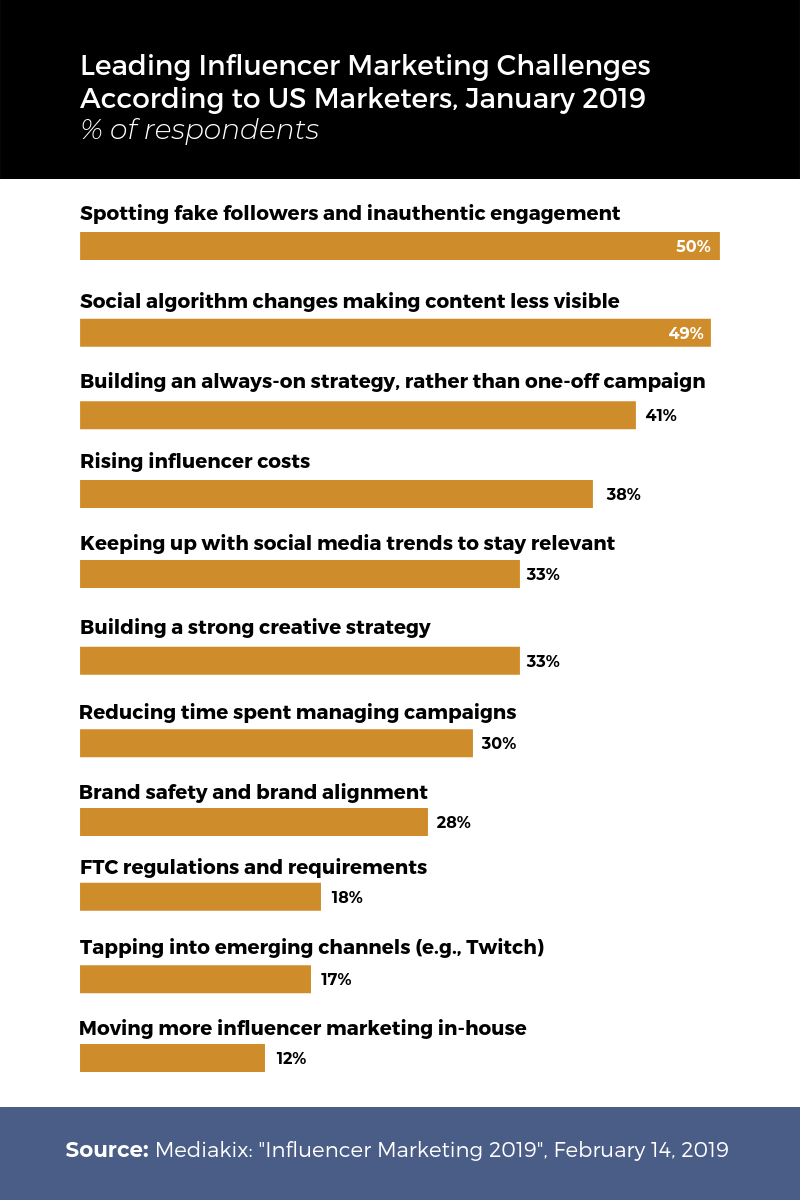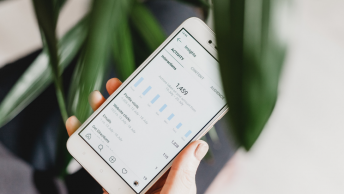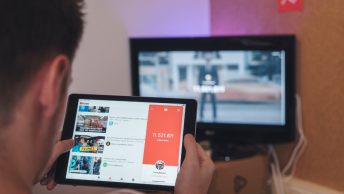When it comes to success, you want to know where your business and others stand. This is why it is so tempting to take a very shallow look at outer numbers or vanity metrics. After all, big numbers look impressive. If someone’s app hits a million downloads or their Instagram account hits a million followers, they are obviously doing something right. Right?
In this blog post, we take a look at why expert marketers are split when it comes to the future of vanity metrics.
So, What Are Vanity Metrics Anyway?
Experts often compare vanity metrics and actionable metrics, but what exactly are these opposing metrics? Let’s break it down.
- Vanity Metrics are things like raw page views, downloads, followers and registered users. Many feel that these can be easily manipulated and do not always give a full picture.
- Actionable Metrics include active users, engagement, cost per conversion, and profits. These help to paint a much fuller picture.
Different experts have different philosophies toward these different types of metrics. Some completely discount vanity metrics, while others have a more moderate take. Let’s take a look at some different ideas.
SEE ALSO: 5 Social Media Metrics That Matter To Your Digital Brand
Instant Fame: Just Add Water
“In the future, everyone will be world–famous for 15 minutes.”
Andy Warhol
These now-famous words first appeared in the program for a 1968 exhibition of Warhol’s work at the Moderna Museet in Stockholm, Sweden. The spread of social media has made this almost eerily correct.
Today, everyday people make viral content that’s seen millions of times daily. It is even possible to turn a single meme-able appearance on Doctor Phil into a career worth about $4 Million USD. That’s what 16-year-old Daniel Bregoli, also known as Bhad Bhabie, has done.
In this seemingly random environment, figuring out what works can seem impossible.
Better Metrics, Better Context
Sometimes companies will flaunt vanity metrics without context in order to look more impressive. If a company claims to have a growth of 500%, that sounds great. However, if all you have is that isolated statement, you really don’t have all the information you need to make a complete judgment.
After all, what did they start with? Are we talking growth of 500% from 100, or from 100,000? That is quite a big difference.
You don’t want to get lost in this trap with your own organization. You don’t want to constantly chase vague numbers. If you focus on the wrong things, you will miss core information that can help propel your business forward.
The Facebook Example
Facebook is one company that has always done an excellent job of prioritizing actionable metrics. Even in their early days, they focused on talking about daily active users. Why is this so important? It gives an honest and thorough picture of just how many people were using the site each day.
Say they focused on only user count. Sure, having a lot of users is impressive. It is estimated that roughly 2.4 billion people have Facebook accounts right now. However, if almost none of those users actually log in and use it, that tells a different story. What you would have is a vast social media graveyard, rather than a hotbed of digital marketing opportunity.
Let’s Talk Profitability Metrics

In the old days of advertising, it was all about reach. You would want to air your advertisements during the TV programs with the most eyeballs on them. That way, you could have the widest possible reach for your brand and products.
The world of modern marketing is entirely different. The spread of technology has changed how people consume content. It has also enabled marketers to get more information about them than ever before.
Now, we can track the activity of consumers online. We know who views which ads, and what actions they take after viewing them. Rather than casting as wide of a general net as possible, we can target by age, location, and variety of other demographics.
Specificity Is Everything
Rather than the widest reach, most build their strategy around the most specific reach. A similar shift is happening when it comes to vanity metrics vs actionable metrics.
It’s not enough to just have likes and follows. The question is, do those likes and follows have tangible results? Retweets alone won’t keep the lights on.
Know your exact numbers. What are you spending? How much is each of those Instagram posts costing you? Sure, maybe your posts get high engagement, but is that engagement resulting in conversions?
What Part Does Vanity Metrics Actually Play?
However, some marketers urge that the total abandonment of vanity metrics is hasty. They still do provide some useful information. The key is to not focus on them at the exclusion of all else.
Social media strategy is overall harder to nail down by the numbers than paid advertising. A lot of it comes down to digital branding and community-building. Also, it depends on being able to participate in organic conversations across the internet.
After all, people must genuinely want to interact with your brand and trust you. They should want to buy your products or services. They have to like you. While you can calculate your ROI, calculating how much you are liked or respected is difficult. This is where vanity metrics can help to give you a piece of the picture.
If you want to learn more about using social media to build a powerful brand, check out our blog post on the topic here.
Don’t Get Bogged Down By Extremes
It’s easy to read headlines like Wired’s “Fighting Instagram’s $1.3 Billion Problem—Fake Followers” or see Unilever’s chief marketing officer Keith Weed make an urgent call to “clean up the influencer ecosystem” and feel a sense of panic. Many people are starting to question just how much influence influencers have, and how much time their business really needs to spend on Twitter.
In fact, spotting fake followers and hollow engagement is a top priority of US Marketers right now.

Do influencers, start-ups, and other entities find ways to skew vanity metrics from time to time? Yes. Also, have people in the past made the mistake of thinking millions of followers would automatically translate to sales, only for that to flop spectacularly due to low engagement and poor strategy? Yes.
However, the key is to look at vanity metrics, actionable metrics, and profitability metrics as part of an entire puzzle. Multiple things need to be considered.
Top 14 Content Marketer, speaker, and author Christoph Trappe had this to say about the concept of vanity metrics:
“It all depends on your business goals. I am a fan of continuously increasing the number of readers and also views. Some people call those vanity metrics but the truth is that we need to build audience to stay relevant and drive business results. So they are a good indicator.”
Final Thoughts
Ultimately, which metrics you choose to focus on most will depend on your business and what you are trying to achieve. It seems likely that, rather than vanity metrics being in its death throes, we are seeing an evolution. What information is prioritized and how it is interpreted is changing.
The key is to take an approach that can adapt to new environments and information. According to an article by Harvard University researcher Trevor Haynes, when you get a social media notification, your brain undergoes the same kind of chemical reaction that it would if you were to take recreational drugs. There is a reason people have widely become so obsessed with vanity metrics.
However, that time is coming to a close. While vanity metrics still play a role, there is so much more to take into consideration. It only makes sense that over time digital branders and marketers would gain a more sophisticated understanding of their tools and sphere.
How important do you think vanity metrics are? Comment below…











